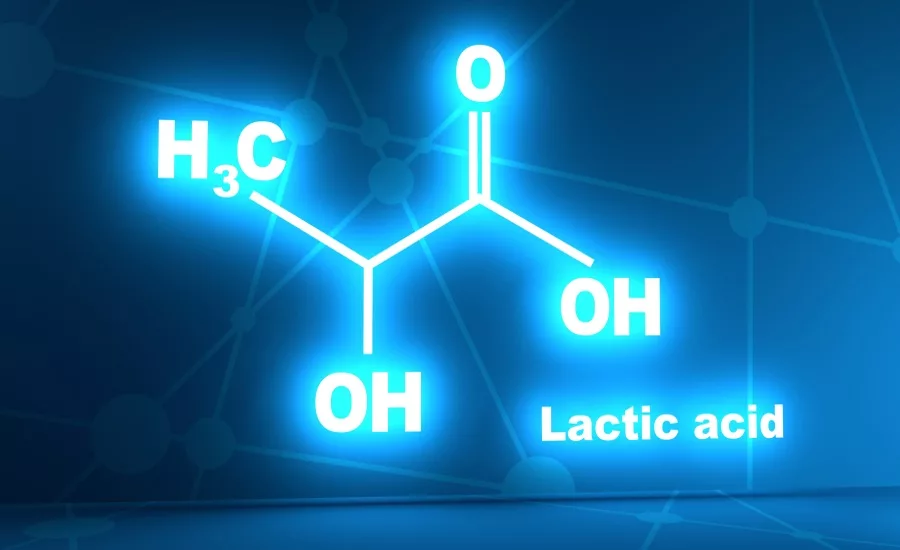The lactic acid market: what beef processors should know

Naturally occurring, relatively safe, and effective in fighting bacteria, lactic acid has a wide range of applications in a number of industries, from food to pharmaceuticals to chemical. Because of its versatility, the market for lactic acid is continually growing and more manufacturers are producing it.
It’s that versatility and the ability to inhibit the spread of pathogens that’s created an explosion in demand for lactic acid for a new application: to combat COVID-19. Lactic acid offers a safer alternative to peracetic acid as a disinfectant, as it is less irritating to the eyes, skin, and respiratory system, according to the EPA.
However, lactic acid is not only being used as a cleaning chemical and disinfectant, many manufacturers are also using it in the production of environmentally kinder plastics. Due to the COVID-19 pandemic, the global consumption of plastic has skyrocketed, creating sustainability concerns around plastic ending up in landfills. These concerns, coupled with existing sustainability initiatives, have led manufacturers to utilize polylactic acid in the production of plastics to help create biodegradable solutions for hand sanitizer bottles, handwipes packaging, and other widely produced items as a result of the pandemic.
So, what does this mean for beef processors? As industries globally consume more lactic acid than ever before, we can expect prices to increase—and beef processors using high concentrations of lactic acid in their processes will feel part of the burden because of that increase.
Getting ahead of the trend
While lactic acid offers a very effective solution for beef processors in treating beef carcasses to kill pathogens, it does have some disadvantages. Previously used at concentrations between 2 and 5 percent to treat beef, lactic acid is approved for use at concentrations up to 10 percent for some processes. A higher concentration of lactic acid may do more to ensure food safety; however, as the concentration increases, so does the risk for altering the surface texture, color, and flavor of the beef, as too much lactic acid can break down the tissues and cause the beef to brown.
Heavier concentrations of lactic acid can also have negative effects on beef processing plants and their equipment. Although it’s a naturally occurring compound, it can still erode rails, concrete, walls and other substructures. The use of higher concentrations may also increase wastewater treatment costs and accelerate the deterioration of pipes and wastewater systems.
Looking for quick answers on food safety topics?
Try Ask FSM, our new smart AI search tool.
Ask FSM →
Fortunately, beef processors can harness the benefits of lactic acid while avoiding some of the potential downfalls by using an intervention chemistry that blends lactic acid with other ingredients, such as citric acid. The right blend of these acids can provide equal, if not greater, efficacy against pathogens at a lower total concentration of acid, offering a number of benefits: cost savings, sustainability gains, and a lower risk of altering the final product.
Beefxide by Birko, for example, is a recently patented product for use in meat and poultry processing for reducing or eliminating Salmonella and E. coli. Beefxide is a blend of lactic and citric acid that is proven to be more effective at lower concentrations than lactic acid alone without altering the flavor or color of the product.
With the lactic acid market continuing to tighten, beef processors can stay ahead of the trend by pursuing products that successfully neutralize pathogens at lower concentrations and by actively monitoring changes in the market.







